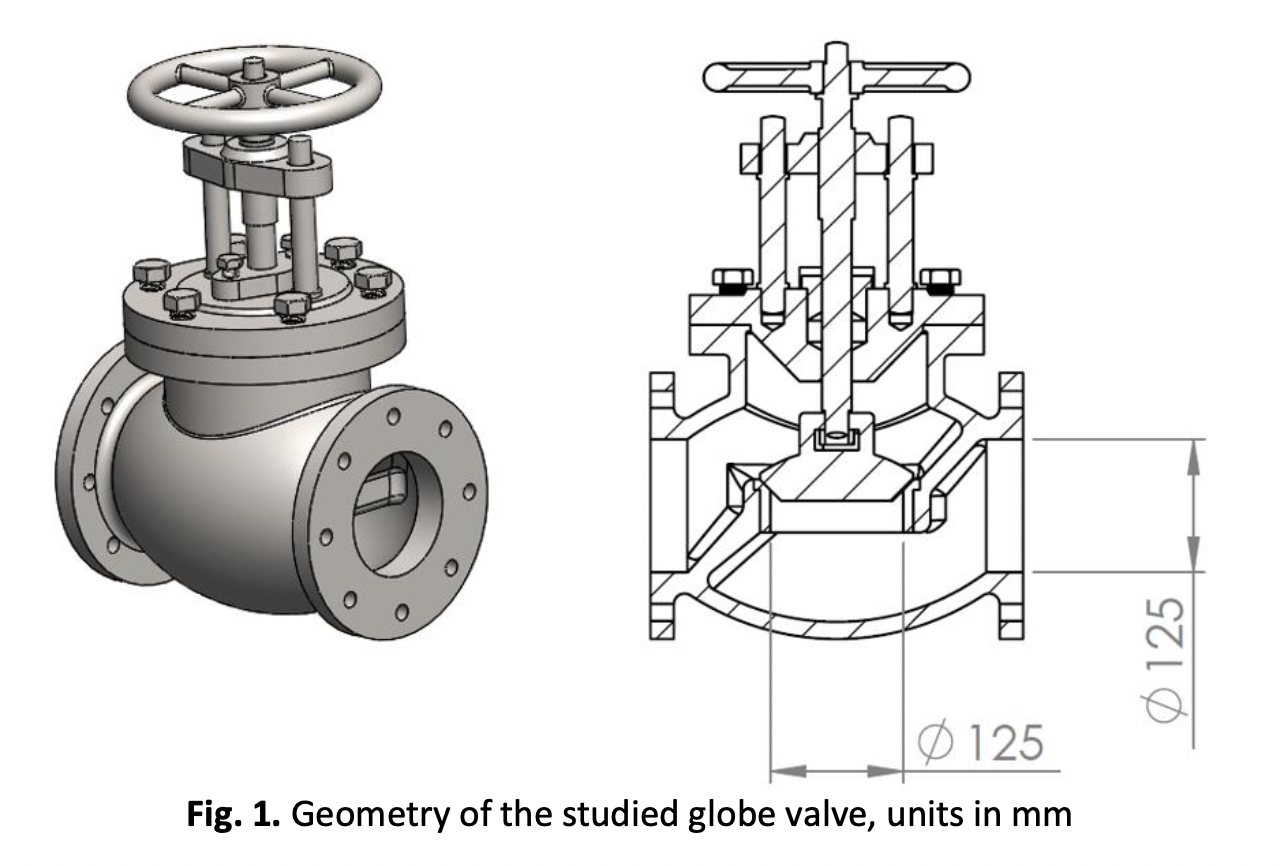Analysis of Fluid Pressure Drop through a Globe Valve using Computational Fluid Dynamics and Statistical Techniques
DOI:
https://doi.org/10.37934/arfmts.115.2.7082Keywords:
Computational Fluid Dynamics (CFD), DOE statistical techniques, globe valve, response surface, roughnessAbstract
Fluid mechanics plays a crucial role in everyday life, enabling the selection of accessories, materials, and various components essential for a system through which fluid flows. Pressure drop stands out as one of the most relevant factors in the design of fluid flow systems. However, analytical and experimental physical methods can increase these analyses' costs and time. Hence, in this study, statistical tools are employed to carry out specific experiments supported by numerical fluid simulation, aiming to comprehend the pressure drop behavior in a fluid as it passes through a globe valve. This valve, in turn, possesses distinct operating and manufacturing characteristics. The methods employed encompass a complete factorial system of response surface as support to construct the experimental design path through computational fluid dynamics. Among the key findings, it is demonstrated that, for systems with relatively low flow rates, the valve opening percentage does not exhibit a significant relationship with fluid pressure drop. Conversely, significant effects are observed for systems with relatively high flow rates regarding the valve opening percentage and pressure drop, reaching values of up to 73% pressure drop in this study. It can be inferred that the integration of statistical experimental design techniques and computational fluid dynamics constitutes a valuable resource for studying the pressure drop of a fluid passing through a system.
Downloads

































